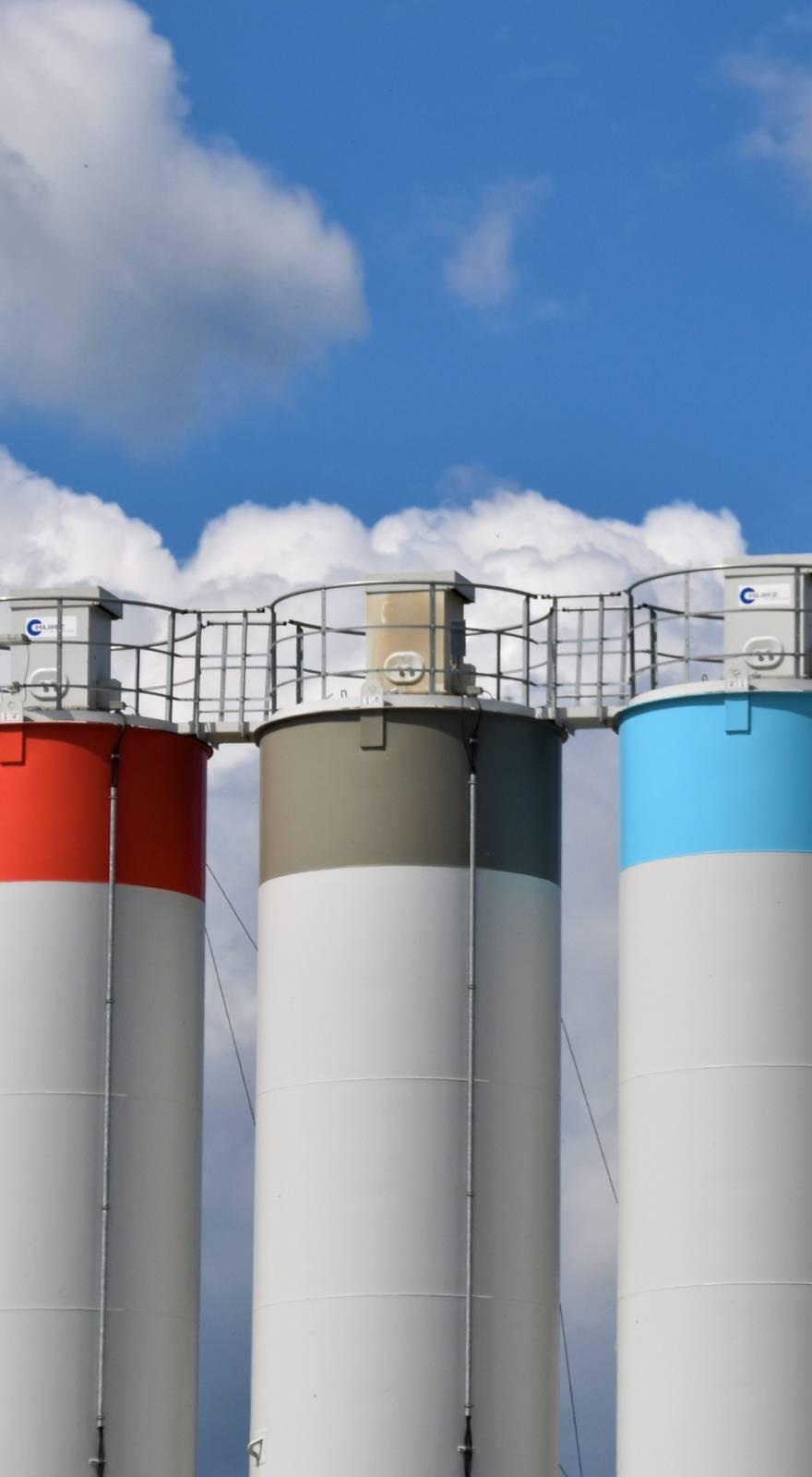Knowde Enhanced TDS
Identification & Functionality
- Chemical Family
- Polymer Name
- Technologies
- Product Families
Features & Benefits
- Materials Features
- RECOMMENDED PRINT SETTINGS
Nozzle Temperature, ºC 380 – 440 Bed Temperature, ºC >100 Chamber temperature, ºC Ambient or >140 Print Speed, mm/s 30 – 50 First Layer Speed, mm/s 15 – 25 Ex. Multiplier (Flow) 1 Fan Speed, % 0 – 20 Bed Material Glass or G11 laminate Bed Adhesion Method Dimafix® or Magigoo® Recommended infill density, % <50 - KEY FEATURES
• Best-in-class PEEK printability
• Excellent thermal resistance
• Excellent chemical resistance
• Inherent flame resistance
Applications & Uses
- Markets
- Applications
- Plastics & Elastomers End Uses
- APPLICATIONS INCLUDE
• Aerospace
• Oil & Gas
• Biomedical (non-implantable)
• Semiconductor processing
• Chemical processing
• Military
Properties
- Physical Form
- Material Specific Properties
| Value | Units | Test Method / Conditions | |
| Continuous (service temp.) | 250 | — | UL 726B |
| Flammability rating (base resin) | V-0 | — | UL 94 |
| HDT (1.8 MPa) | 145 | ˚C | ISO 75 |
| Nozzle Size | 0.4 | mm | — |
| Specific Gravity | 1.31 | g/cm3 | ISO 1183 |
Technical Details & Test Data
- MECHANICAL PROPERTIES
Property Test Method Print Orientation XY 45-45 Tensile Strength, MPa ASTM D638 92 82 Tensile Modulus, MPa ASTM D638 3250 3000 Elongation at Break, % ASTM D638 15 9 - ANNEALING PROCEDURE
For best part properties, the following annealing procedure is recommended:
1. Dry the parts at 120ºC for 2-4 hours
2. Ramp the temperature to 200ºC and hold for 1 hour
3. Anneal between 200ºC and 250ºC and hold at the desired temperature for 1 hour per 1 mm of solid wall thickness, higher annealing temperatures will result in higher crystallinity levels temperature performance, stiffness and chemical resistance, but will negatively affect ductility and dimensional accuracy of the part
4. Slowly cool the part to 140ºC at a rate of 10ºC per hour
5. Cool the parts to room temperature before handling







